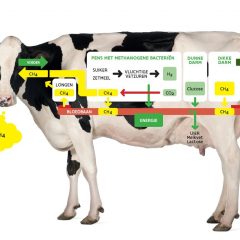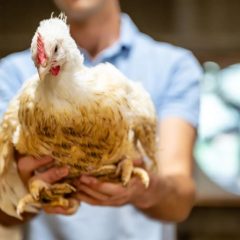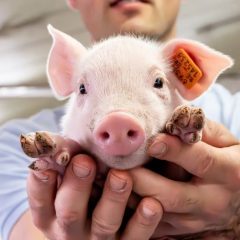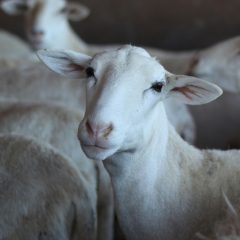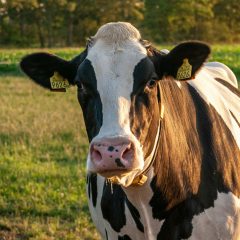Research project Low protein feeding for beef cattle
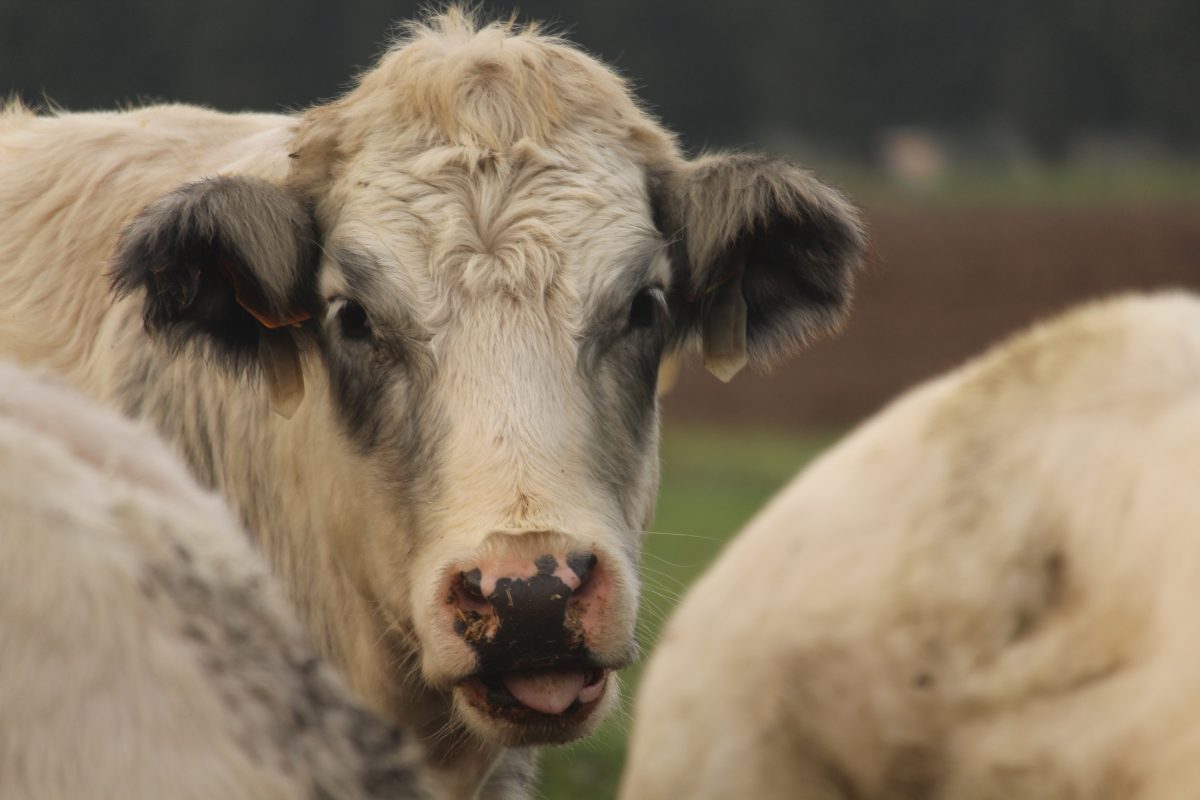
General introduction
How can cattle farmers prove that they correctly apply their low protein feed ration to their beef cattle in a user-friendly and efficient way? This proof counts as a recognized ammonia emission-reduction measure. This was the central research question in the ELP-Beef project, and the answer is now ready, in the form of a well-tested, user-friendly application in which cattle farmers can enter the required data on rations, animal numbers, feed stocks and feed values. The crucial step has thus been taken to get low protein feed approved (administratively) as a programmatic ammonia reduction program (PAS) measure, and included on the official PAS list. Previous research had shown that lowering the protein content in beef cattle rations has a significant impact on the ammonia emissions (NH3) of beef cattle farms. To the extent that low protein nutrition was considered a promising measure to achieve the targeted NH3 emission reduction of 5% at the farm level, without leading to farm closures or drastic herd reduction. The rollout of this measure required a solution to the bottleneck surrounding the controllability of low protein feeding.
Research approach
The project was carried out in four consecutive phases:
1. In consultation with the relevant authorities, the conditions were defined that beef farms must meet to make the application of low-protein feeding demonstrable and verifiable. These conditions formed the basis for the further implementation of the project.
2. A user-friendly application was developed
3. In collaboration with farmers and feed companies, a database of Flemish on-farm feeding practices was compiled. This served as the basis for establishing a reference crude protein content for beef farms in Flanders.
4. Over the course of one year, the implementation of low-protein feeding was monitored on three beef farms. In addition to evaluating user experience with the tool, compliance with the predefined conditions was assessed based on practical data. At the end of this period, the results were discussed with the participating farmers and the competent control authorities.
Based on the positive evaluation, low-protein feeding was proposed for inclusion in the list of officially recognized PAS emission-reduction measures for finishing beef farms.
Relevance/Valorization
Thanks to the results of ELP-Beef, it is clear how livestock farmers can demonstrate that they correctly apply low protein nutrition in a practical and substantiated way. Given the enormous challenges in ammonia reduction, additional, practically implementable and cost-effective PAS measures for beef cattle farms proved necessary. At the start of the project, it was clear that cattle farms would only be able to achieve the targeted 5% reduction on their farms if they were provided with a more extensive list of emission-reducing measures.




